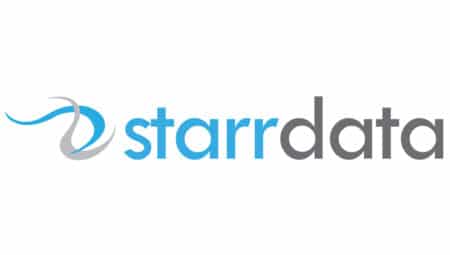Sales discounts are a daily need for most businesses. Standard Salesforce allows you to add a discount percentage to an opportunity product, but that’s it. Customization can be done to enhance this, but either won’t meet many business needs and can take a long time to setup.
Salesforce CPQ has a multitude of features, and discounting is just one of them. What are the discounting options available in CPQ? Let’s take a look:
At the most basic level, discounts can be applied to products on a quote as a percentage or dollar amount. That’s already more than standard Salesforce Sales Cloud provides.
Salesforce CPQ Discounts can also be applied at the quote level. This is where it starts to get interesting. CPQ has functionality built in to add separate discounts for the end customer, for partners, and distributors.
But you may need more functionality. Also built into Salesforce CPQ are discount schedules and discounting pricing models. These apply to specific products and include volume, term, block, and slab. How does this work?
- Volume discounts define tiers with applicable discount percentages. 1 to 10 get no discount, 11 to 20 get a 10% discount, 21 to 30 get 15%, and so on.
- Term discounts apply to term-based (subscription) products. 1 to 3 years get no discount, 4 to 5 years get 5% discount, and so on.
- Block pricing charges for defined quantity ranges. The block 1 list price is $2000, so if the total quantity is 1 or 100, the list price is $2000. Block 2 list price is $1800. So if the order quantity is 101 to 200, the list price is $3800. Block pricing can be combined with volume discounts allowing even more pricing model flexibility.
- Slab pricing works with block pricing for expanding pricing options. Unit pricing is applied above the block pricing tier. Using the above example with a $15 unit price over 200, an order for 201 is priced at $3815.
Still not enough? Salesforce CPQ also offers:
- Customer-specific (contracted) pricing. Define prices for products which apply to a specific customer. This includes defining start and end dates.
- Cross-order product pricing. Use prior order quantities for a customer and product to set the discounted price on a new order.
- Multidimensional term pricing. Specify different discounts for different terms on a quote. So a three year subscription gets a 5% discount the first year, a 10% discount the second year, and a 20% discount the third year.
Finally, you can combine pricing models with Product and Price Rules for virtually unlimited pricing scenarios and functionality. Apply more or less discount based on criteria such as customer type or region. Flag order lines and orders for approval. Create time-based discounts for promotional periods.
All of these features come standard with Salesforce CPQ. At StarrData, we have configured many of these models for our clients. If you have or need complex pricing and discount model at your organization, talk to StarrData to find out what we and Salesforce CPQ can do for you.

